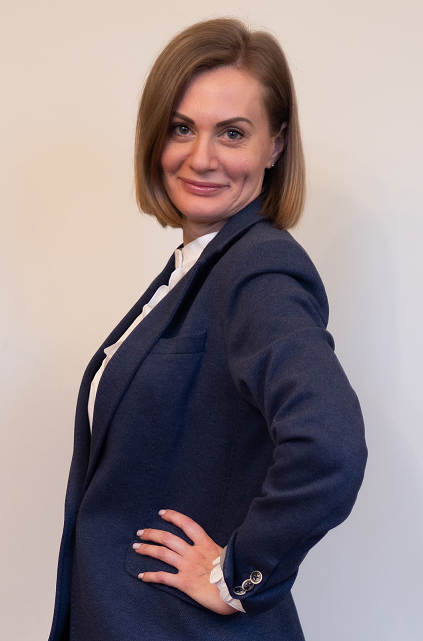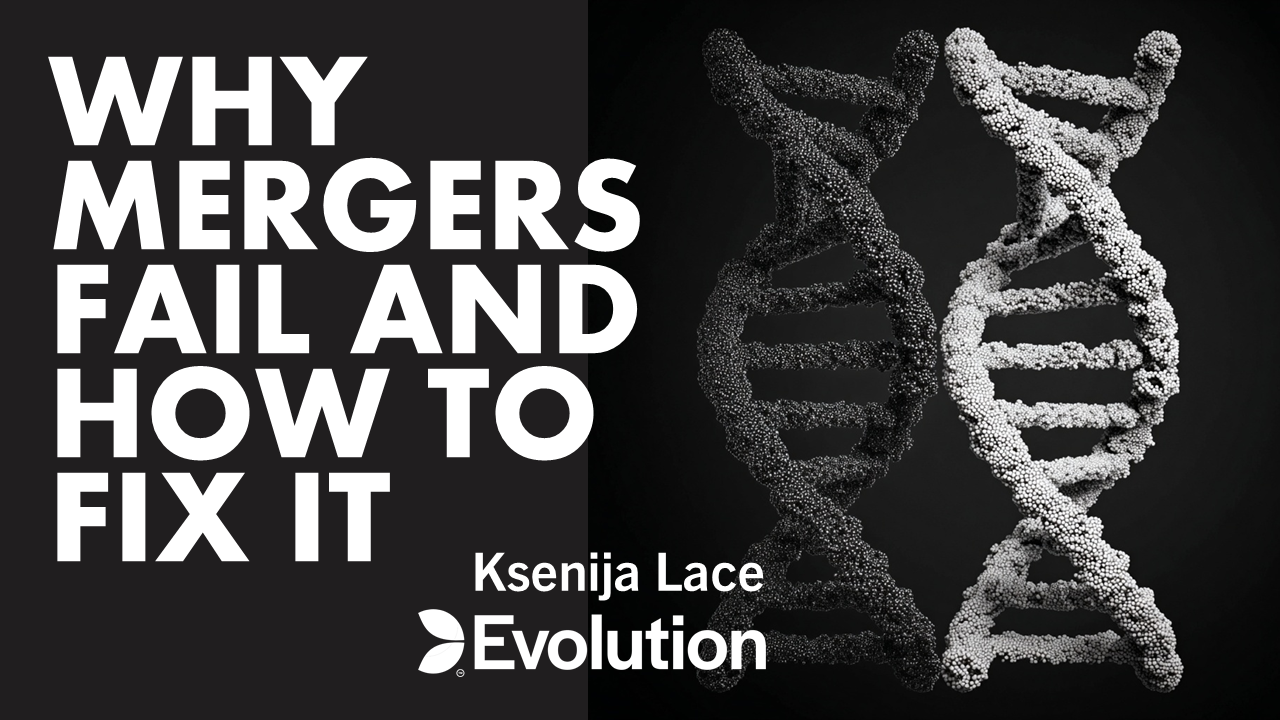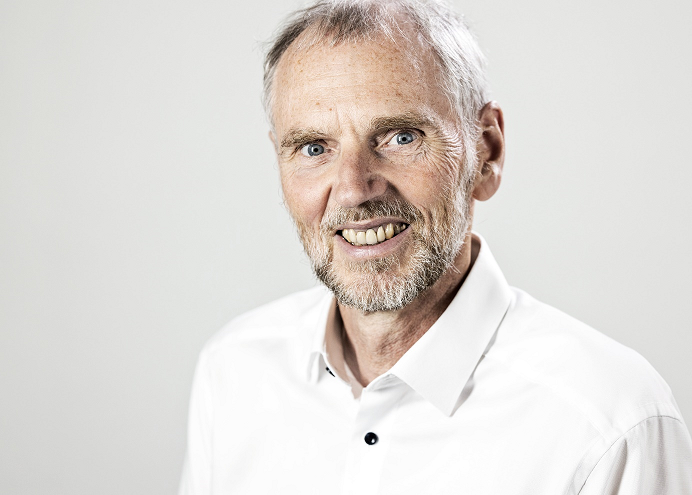Modeling Business Systems and Processes with SysML v2
Gerd Wagner, Brandenburg University of Technology
The Systems Modeling Language version 2 (SysML v2) is built upon 20 years of experience with using SysML v1 and 30 years of experience with using UML for (software) systems modeling, as well as 20 years of experience with using BPMN for process modeling. While SysML v1 is based on UML, SysML v2 is based on the Kernel Modeling Language (KerML), which improves UML and BPMN by (1) providing a new approach to behavior and process modeling that is integrated with state structure modeling, and (2) defining a formal semantics.
In UML and SysML v1, behavior/process modeling has been scattered among three different modeling languages (Activity Diagrams, State Machines, Sequence Diagrams), which overlap with each other without being conceptually and semantically integrated. SysML v2 allows modeling behavior and processes in a declarative integrated way based on the concepts of actions and successions. Actions can be atomic or composite, and they can be instantaneous or sustained.
In the same way as objects are classified by object types, actions are classified by action types. Both object types and action types may have attributes as well as various kinds of properties, including action(-valued) properties. For an object representing a system or a part of a system, the values of its action properties represent the actions performed by it. When an action type has action properties, the action type is composite and its action properties, also called action steps, represent its component actions. Action steps are sequenced with the help of successions, which are connection properties expressing temporal precedence.
Unlike the Petri-Net-style operational semantics of BPMN and Activity Diagrams, SysML v2 has a Tarski-style model-theoretic semantics where the elements of a (process) model are considered as predicates that are interpreted by mapping them to relations over a universe consisting of individuals representing data values, objects and actions.
With its logical approach, SysML v2 can be considered as a declarative process modeling language. We discuss this by comparing it to the logic-based workflow management approach DECLARE. While most declarative business process modeling languages are limited to control flow concepts and do not consider state structure modeling, SysML v2 is a full-fledged systems modeling language that integrates process modeling with state structure modeling.
However, one major deficiency of SysML v2 is its lack of an event modeling concept. In the talk, we consider possibilities how to add events and event flows to SysML v2.
 | Gerd Wagner is a Professor Emeritus at Brandenburg University of Technology, Cottbus, Germany. After studying Mathematics, Philosophy and Informatics in Heidelberg, San Francisco and Berlin, he (1) investigated the semantics of negation in knowledge representation formalisms, (2) developed concepts and techniques for agent-oriented modeling and simulation, (3) participated in the development of a foundational ontology for conceptual modeling, the Unified Foundational Ontology (UFO), and (4) created a new Discrete Event Simulation paradigm: Object Event Modeling and Simulation (OEM&S), together with a new process modeling language: the Discrete Event Process Modeling Notation (DPMN), and (5) is now writing the book "Understanding KerML and SysML v2" (sim4edu.com/reading/kerml-sysml). |
Why post-merger IS integration often fails and how to fix it
Ksenija Lāce, Evolution and Riga Technical University
Mergers and acquisitions (M&A) are among the most widely used strategies for organizational growth and transformation. However, the success of an M&A deal does not end with the transaction itself, a critical phase which begins after is post-merger integration. Within this phase, the integration of information systems (IS) plays a central role in aligning operations, realizing synergies, and supporting unified business processes.
But many post-merger IS integration projects fail to deliver the expected results. While technical plans are often well-structured, implementation frequently faces challenges. These issues are commonly caused by a lack of real-world experience among IT professionals, weak alignment between business and technical teams, and resistance from key stakeholders.
This presentation explores how to design effective IS integration strategies that address these obstacles. It will focus on practical methods to compensate for limited experience, strengthen alignment with business objectives, and increase motivation and collaboration across all involved parties - from IT teams to business leaders
 | Ksenija Lace has over 20 years of experience in the field of information technology. She is currently working as Head of Product Execution at Evolution, a global technology company. In the past five years, the company has acquired six other companies. Each of these acquisitions brought different challenges for information system (IS) integration. Ksenija Lace was responsible for building the overall architecture and integration approach to support the company’s long-term growth through further acquisitions. She holds a PhD. focused on post-merger IS integration. In her doctoral research, she developed a methodology to help organizations identify which systems should be integrated and how to choose the best integration option. Her goal was to support a complete, structured approach that also helps IT professionals who have little or no experience with mergers and acquisitions. Ksenija Lace continues her research in this area. Her main topics include making the integration process faster and more efficient by optimizing the use of resources. She also studies the human side of integration, including how gamification and motivational tools can improve stakeholder engagement and support better collaboration across different teams. |

Responsible Business Innovation in the Context of Digital Transformation and Generative AI
Kurt Sandkuhl, University of Rostock, Germany
Business innovation, and also organizational innovation, emerges in different shapes that many times are enabled by new technologies, often involve changes in business models, and always affect some organizational stakeholders. Responsible business innovation has to start with understanding the effects of the planned innovation, design required organizational and technological implementation to prevent or at least minimize unwanted properties, and control their behavior to avoid deviations.
The talk focuses on responsible business innovation in the context of digital transformation and artificial intelligence (AI). Digital transformation, usually including digitalization and business model adaptation, has attracted much research resulting in recommendations for organizational practices and success factors. For artificial intelligence, and in particular generative AI, such recommendations are sparse due to the short innovation cycles and quickly changing AI models and technologies.
Starting from different types of business innovation, the talk investigates important features of responsible business innovation AI and the potential to learn from digital transformation. Examples of AI-based business model innovation, process innovation, and product/service innovation are used as illustrations, and selected methods supporting the introduction of AI-based innovation in organizations are discussed.
 | Kurt Sandkuhl is a Professor of Business Information Systems at the Institute of Computer Science, University of Rostock (Germany), and an affiliated Professor of Information Engineering at Jönköping University (Sweden). Kurt is the head of the Centre for Artificial Intelligence of the State of Mecklenburg-Vorpommern and Dean of the Faculty of Computer Science and Electrical Engineering at Rostock University. Kurt Sandkuhl’s research areas include the fields of enterprise modeling, knowledge engineering and digital transformation. He published 5 books and more than 300 peer-reviewed research papers. Recent research projects have been addressing digital transformation in small and medium-sized enterprises, organizational applications of AI, methods for model-based engineering of IoT solutions, capability management, and reference enterprise architectures. |
